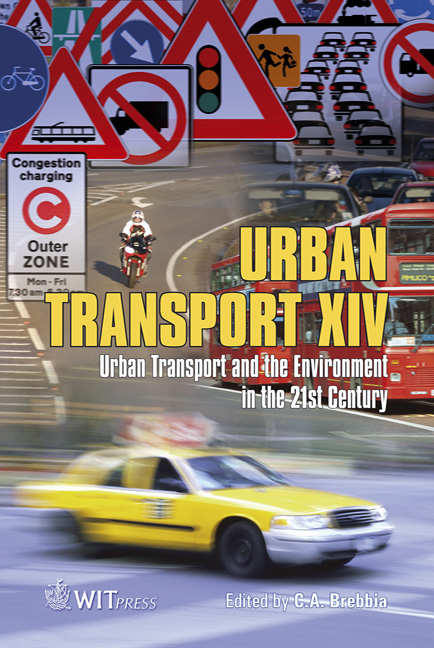Transit Oriented Development – Integrating Land-use And Transport In Small Island States
Price
Free (open access)
Transaction
Volume
101
Pages
10
Page Range
457 - 466
Published
2008
Size
406 kb
Paper DOI
10.2495/UT080451
Copyright
WIT Press
Author(s)
M. Borg & R. Orsini
Abstract
European Cities are facing great challenges in the realm of urban development and mobility. The Lisbon Agenda has amplified Europe’s vision and spearheaded directives towards sustainable cities and development. The Leipzig Charter (2007) is currently consolidating the focus on the implementation of urban development and planning based on integrated approaches to create sustainable cities and communities. Malta as an Island State faces bold decisions and changes in the realm of strategic and integrated planning in the long term. Responding to new EU Directives is an arduous task for a nation state with very particular characteristics with regards to governance and micro-economics. After joining the European Union in 2004, Malta witnessed an increase in investments and strengthening of the economy. The country’s population density of 1,269 per square kilometres is by far the highest in the EU and is one of the highest in the world. Moreover Malta has the most unsustainable fleet of private cars ranking 4th as part of the EU 27 for the highest number of cars per 1, 000 of the population. With a low percentage in modal split how can Transit Oriented Development respond to the exigencies of a small island state? How can this strategy be gauged through past experiences and available indicators? Keywords: transit oriented development, integrated planning, smart growth, island states. 1 Introduction ‘Green is cool’ according to Architect Norman Foster and the way a city and its infrastructure is designed determines energy consumption patterns [1]. Although in 2006 ‘living and thinking green hit main street’ the green agenda for more
Keywords
transit oriented development, integrated planning, smart growth, island states.





